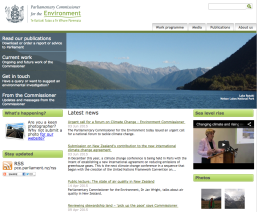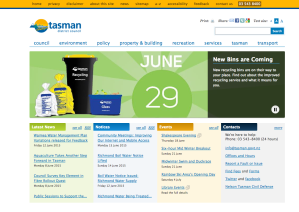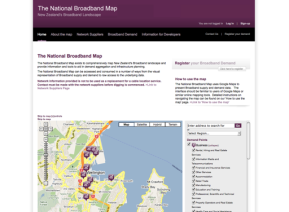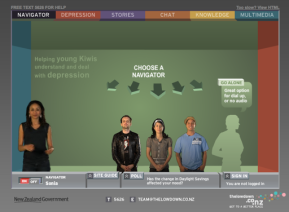Greater Wellington Regional Council
by SilverStripe
Greater Wellington hired SilverStripe to port the website from the old platform to the SilverStripe CMS, as the first stage of a multi-year plan to enhance the website. SilverStripe performed a major visual design and information architecture overhaul of the website, as well as redeveloping the public transport website, Metlink
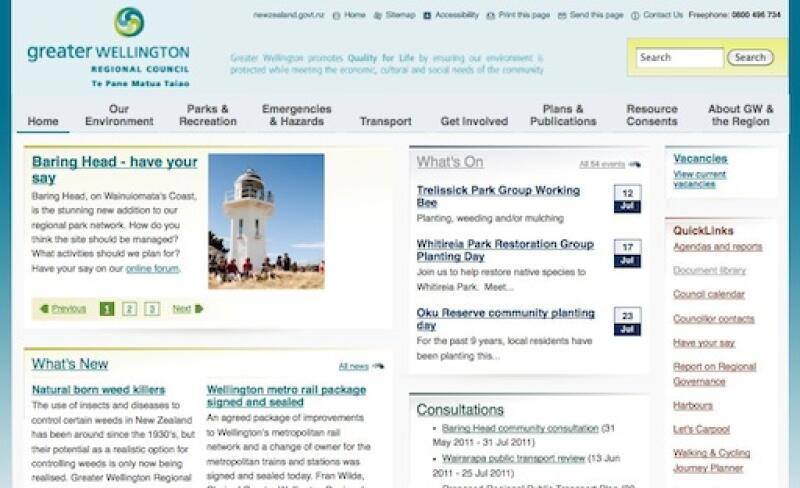
Site purpose
Greater Wellington Regional Council is responsible for the region from the North Island’s south coast to Otaki, Mt Bruce and Castlepoint in the North. Greater Wellington serves a population of 473,700, manages 50,000 hectares of regional parks and forests and is responsible for one of the largest flood protection schemes in New Zealand.
Regional councils are responsible for their region’s natural resources and environment as a whole, which means Greater Wellington is responsible for environmental management, transport, water supply, flood protection, biosecurity, land management, harbour safety, regional parks and forests, sustainable development, emergency management and pollution control.
The Greater Wellington website needs to serve a number of different user groups, within a unified design and site structure. Their audience includes citizens who are interested in things such as environmental issues and public transport information, environmental experts who are looking for information such as water and air quality results, and the general public and visitors to the region looking for information on regional parks.
As Greater Wellington is a public body which needs to be transparent and accountable, the website is key in its relationship with the public. In order to provide open and transparent information, the public needs to be able to download reports and meeting minutes to gain an understanding of decisions being made.
The website also plays a key role in the civil defence system of the Greater Wellington region. Greater Wellington coordinates the region’s Civil Defence Emergency Management Group, and the website needs to provide general civil defence information for the public, as well as provide fast and clear instructions and updates when an emergency arises.
Greater Wellington’s previous CMS was a closed proprietary system that was no longer being actively maintained. One of the main pain points was that staff would often have to wait a number of hours for a published article to appear on the live site, as the site could only be updated twice a day. This was extremely ineffective, especially if there was a civil defence emergency in the region.
Greater Wellington has a team of 65 people who are responsible for different pages of the website, so they needed a CMS that was straightforward for the people who may only be using it twice a year, yet sophisticated enough to manage the content-heavy website. Greater Wellington went to market for a CMS that would meet these needs and would also integrate well with their Microsoft server environment.
What we did
Greater Wellington hired SilverStripe to port the website from the old platform to the SilverStripe CMS, as the first stage of a multi-year plan to enhance the website. SilverStripe performed a major visual design and information architecture overhaul of the website, as well as redeveloping the public transport website, Metlink.
Visitors to the Greater Wellington website need clear access to information, so we designed the site with that in mind. The site has a functional design with easy access to all kinds of information. CMS authors can easily add in photos and other images that showcase the region’s highlights.
We integrated the website with a number of databases, including their rates database, where we created a rates calculator so that the public can easily calculate their own indicative rates. Greater Wellington has tens of thousands of downloadable documents on its documents database, so we integrated SilverStripe to ensure the public could search for and download documents such as committee meeting minutes from an easy to use document library section on the website.
We also set up the CMS so that Greater Wellington staff can easily manage their events section from the CMS.
We implemented a feature to help the council deal with civil defence emergencies, like major floods or tsunamis. The site has a prominent place where a large warning appears during emergencies (so there’s no way a visitor can miss it). Council staff can easily access and update this function from the CMS. If an emergency message is typed, it shows up quickly and prominently on the website.
SilverStripe CMS takes the bottlenecks out of updating content on our website. Just hours after launching our new website, we used it to broadcast warnings about the threat of the Samoan tsunami to our region. We’d never done this before this in the past as it took up to a day for our website to update. Now, we allow dozens of staff to contribute content to the website because it’s so easy to use.
As a very large number of Greater Wellington staff use the CMS, we trained a small group of Greater Wellington staff in their offices on how to use SilverStripe CMS. This group then passed their knowledge on to a wider group of staff who edit content on a less regular basis.
SilverStripe ported the existing content into the new SilverStripe CMS install, then Greater Wellington staff went through and edited the existing content in SilverStripe and added new content.
The website has to be able to withstand a high amount of traffic, with the site having over 17,000 unique visitors a month. The website has to do more than provide pages of written content. The ‘Our Environment’ section regularly pulls in data from sensors recording a range of things such as air quality and river levels and displays it as graphs on a web page. The Beacon Hill webcam pages are some of the busiest pages on the website, which are updated regularly throughout the day.
As Greater Wellington hosts its website, we helped its IT staff deploy the PHP-based solution in their production environment comprising Windows Server 2008, IIS 7, and SQL Server 2008. This was the first time we had deployed SilverStripe CMS in a SQL Server setup.
Measures of success
Greater Wellington now has a more manageable, well-supported CMS. Because the SilverStripe CMS is so easy to use, more Greater Wellington staff can update content for the areas of the website they are responsible for. This has removed bottlenecks in the organisation and allows content owners to be fully responsible for their content, from writing straight through to getting it up on the live website.
Greater Wellington staff can now get civil defence information up on the site in a quick and effective fashion. The day the new site was launched there was a tsunami warning for Wellington, and unlike the previous website, Greater Wellington staff could provide real time updates for Wellingtonians. How’s that for good timing?
Greater Wellington Regional Council was so impressed with SilverStripe that their internal web team redeveloped their intranet using SilverStripe CMS, with some assistance from us.
Other projects
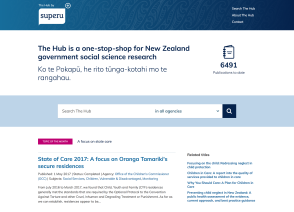
The Hub by Superu
by SilverStripe
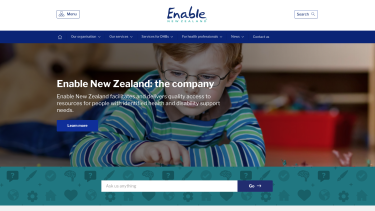
Enable
by SilverStripe

Census 2018
by SilverStripe

Paymark
by SilverStripe

Environmental Protection Authority
by SilverStripe

Firstport
by SilverStripe
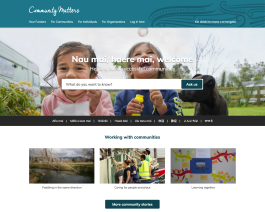
Community Matters
by SilverStripe

Meridian Power Trip
by SilverStripe
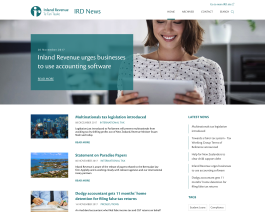
IRD Media Site
by SilverStripe

Te Auaha
by SilverStripe

Whitireia New Zealand
by SilverStripe
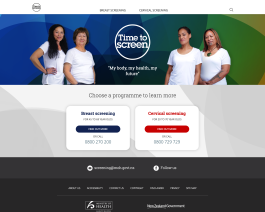
Time to Screen
by SilverStripe
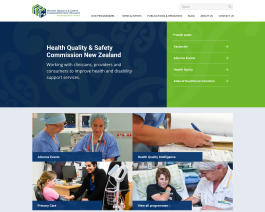
Health Quality & Safety Commission
by SilverStripe

Summer KiwiSaver scheme
by SilverStripe

Consumer Protection
by SilverStripe
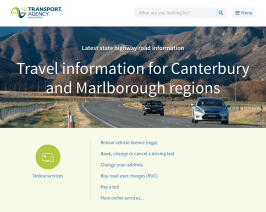
The NZ Transport Agency
by SilverStripe
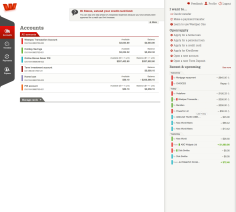
Westpac One Online Banking
by SilverStripe

Skinny Mobile: Hosting & Support
by SilverStripe
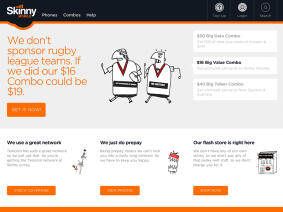
Skinny Mobile: Web Development
by SilverStripe
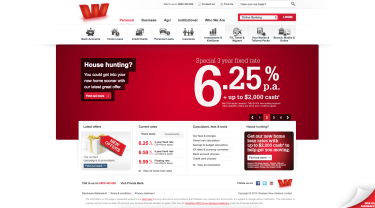
Westpac
by SilverStripe
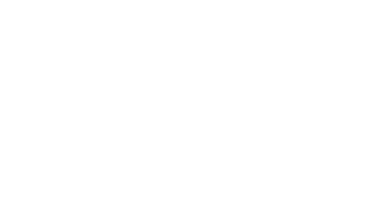
Nelson Marlborough Institute of Technology
by SilverStripe
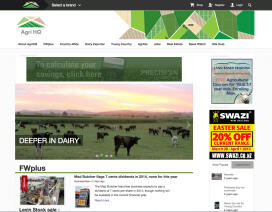
NZX Agri
by SilverStripe
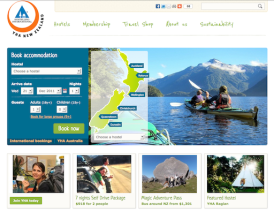
YHA New Zealand
by SilverStripe

Plunket
by SilverStripe
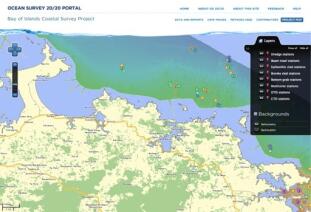
Ocean Survey 20/20 Project
by SilverStripe
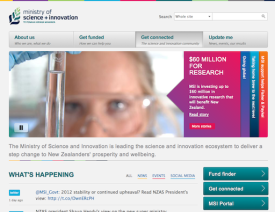
The Ministry of Science and Innovation
by SilverStripe
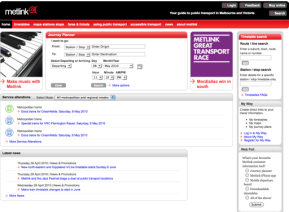
Metlink Melbourne
by SilverStripe

